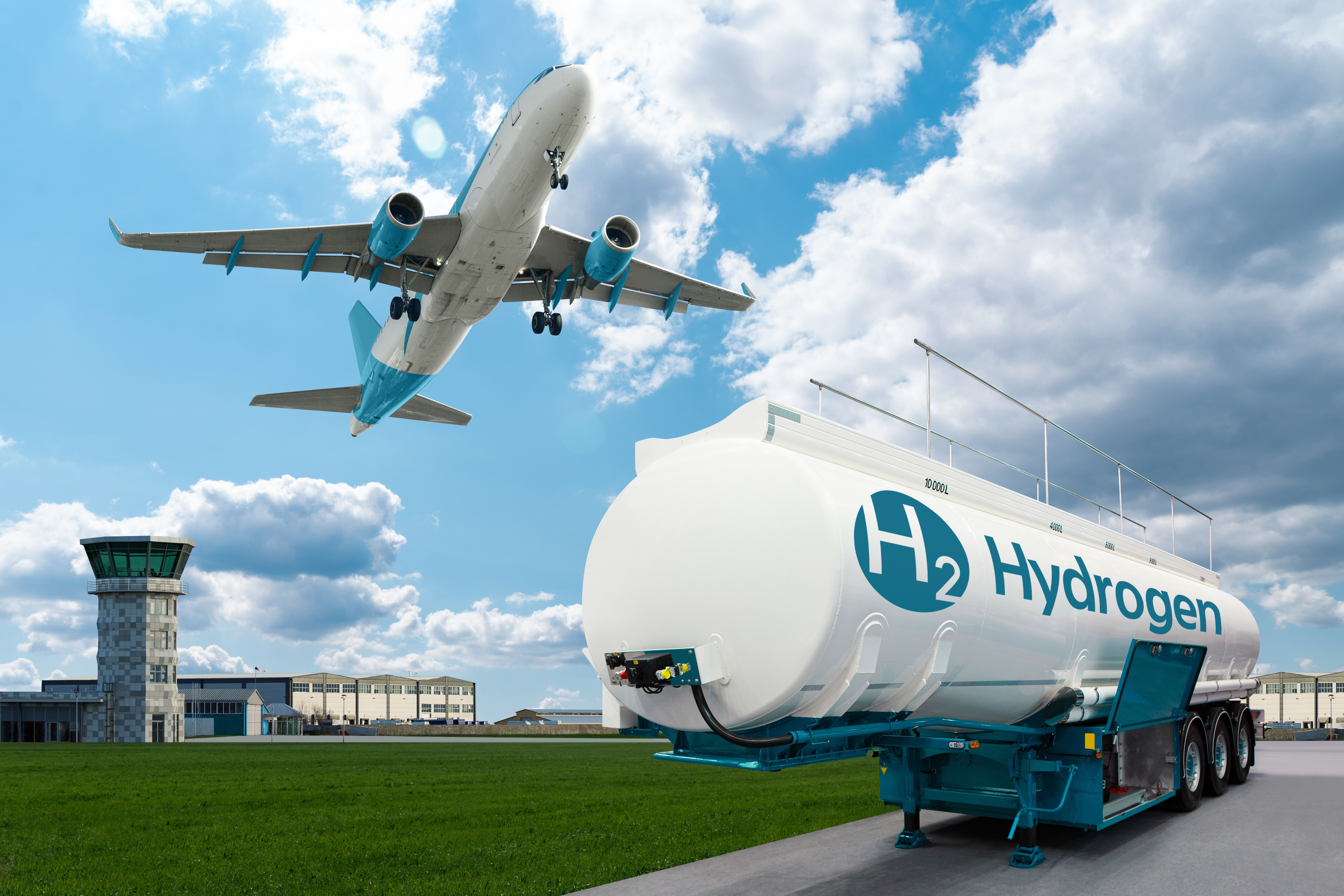Recently Simple Flying highlighted the importance of hydrogen as an alternative to jet fuel in commercial aircraft. Simple Flying also explored the challenges associated with storing and using hydrogen as a power source. While it is difficult to determine if the advantages of hydrogen outweigh the challenges, technical research has been ongoing to identify unique solutions for hydrogen storage.
Hydrogen fuel
Hydrogen fuel can be an ideal candidate for short-to-medium haul aircraft due to its greater energy density (three times) than jet fuel. Hydrogen does not emit carbon dioxide and nitrogen oxide when generated from renewable energy.
Conventional gas turbine engines can be modified to use liquid hydrogen (LH2) as fuel for combustion. Pressurized air from the high-pressure compressor can be mixed with atomized liquid hydrogen before igniting in the combustor.
Hydrogen storage challenges
One of the most significant challenges of LH2 is its volumetric density. Hydrogen is significantly lighter than jet fuel and requires four times more storage volume on the aircraft than jet fuel. The onboard storage of liquid hydrogen has been a challenge for aircraft manufacturers.
Cryogenic cylinders are required to store LH2 while keeping the volume to a minimum. Cryogenic tanks store hydrogen at deep-freeze temperatures (approximately -420 degrees F/-250 degrees C).
The required weight of hydrogen may only be about a third of jet fuel, but the need for a much higher volume increases the aircraft’s structural weight. As a result, an efficient storage tank system is needed to achieve hydrogen sustainability in aviation. It is noteworthy that unlike jet fuel, hydrogen cylinders can be too large in diameter to fit into aircraft wings.
Moreover, with jet fuel stored in the wing tanks, the aircraft’s center of gravity is efficiently managed throughout flight. Center of gravity can be another challenge with the use of LH2 tanks.
Efficient storage tank system
The storage tanks must be manufactured with specialized materials to withstand extreme temperatures. Moreover, the tanks must have thick walls and provide sufficient isolation between stacks to minimize the heat influx through the tank walls. The leaking heat can cause the LH2 to boil and absorb the surrounding heat necessary to keeps the LH2 at deep-freeze temperatures. Cryogenic tank manufacturers aim to keep the boil-off condition below 1% per day.
The shape of the tanks must be as close to a sphere as possible to minimize design losses. A sphere exposes the least surface per held mass of LH2. To maintain the center of gravity, equal-sized LH2 tanks must be placed such that they do not affect the pitching or tipping moment of the aircraft.
Stacks of spherical tanks can be placed in the aircraft’s front section (just behind the cockpit on the lower deck) and the rear section (just forward of the tailplane). A vacuum flask technique with additional insulation on top will ensure the LH2 boil-off condition is minimized. If the tank loses the vacuum, insulation layers contain the heat influx within the system.
The tank may hold a mixture of LH2 and hydrogen gas (H2). The H2 pressure is controlled through the regulation valve as pumps and valves route the LH2 to the combustion system. It is worth mentioning that the LH2 must be converted to the gaseous form in a heat exchanger before using in the turbine system.
What are your thoughts on the hydrogen tank system design onboard the hydrogen-powered aircraft? Tell us in the comments section.



